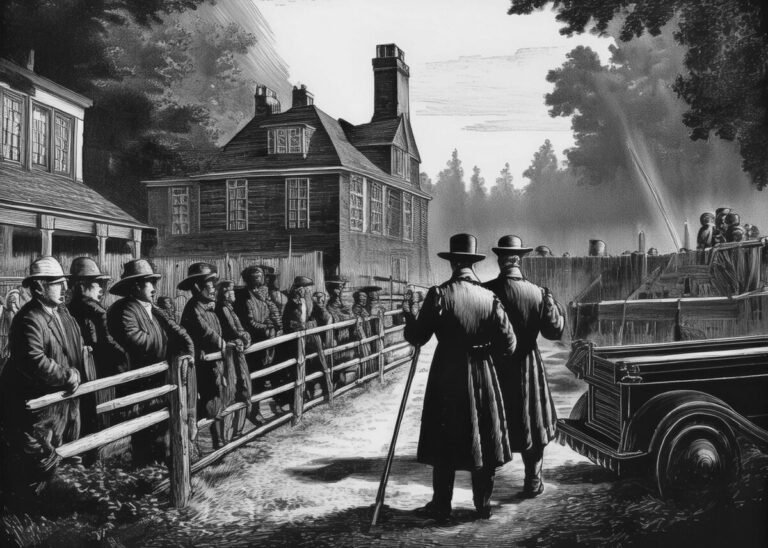
Conditions and Restrictions, or C&Rs, are vital aspects of real estate transactions, shaping how properties can be used, developed, and maintained. Let’s explore what C&Rs entail and their significance in real estate.
C&Rs are legal provisions dictating specific conditions, limitations, and requirements for a property’s use, development, and maintenance. They are typically established by developers, homeowners associations (HOAs), or local governments and recorded in the property’s deed or other legal documents.
One common type of C&R is zoning regulations, which designate permissible land uses and development standards within a particular area. Zoning ordinances govern building height, setback requirements, lot size, and permitted land uses, ensuring community compatibility and orderly development.
Another example of C&Rs includes deed restrictions imposed by developers or HOAs to maintain uniformity and preserve property values within a subdivision or community. These restrictions may regulate architectural design, landscaping, exterior alterations, and use of common areas, ensuring a cohesive and aesthetically pleasing environment for residents.
C&Rs may also encompass environmental regulations, historic preservation requirements, and other land use regulations imposed by local or state authorities. These provisions protect natural resources, sensitive habitats, and cultural heritage sites, ensuring sustainable development and responsible land stewardship.
Empowering yourself with the knowledge of C&Rs is not just beneficial; it’s essential for buyers, sellers, developers, and real estate professionals involved in property transactions. Buyers can confidently review C&Rs associated with a property, ensuring they align with their intended use and lifestyle preferences. With this information, sellers can disclose any existing C&Rs to potential buyers, avoiding legal disputes and ensuring transparency in the transaction process.
For developers, compliance with C&Rs is not just a requirement; it’s a critical aspect of planning and executing new construction projects or subdivision developments. Non-compliance could lead to fines, legal liabilities, or injunctions prohibiting development activities. By understanding and adhering to C&Rs, developers can ensure the smooth execution of their projects and avoid these potential risks.
In summary, C&Rs are not just legal provisions; they are the guardians of order, the protectors of property values, and the promoters of sustainable development within communities. Whether imposed by developers, HOAs, or government entities, these provisions ensure stability and protect your investments. Understanding C&Rs is not just important; it’s essential for navigating the complexities of real estate transactions and ensuring compliance with legal requirements.





































Leave a Reply